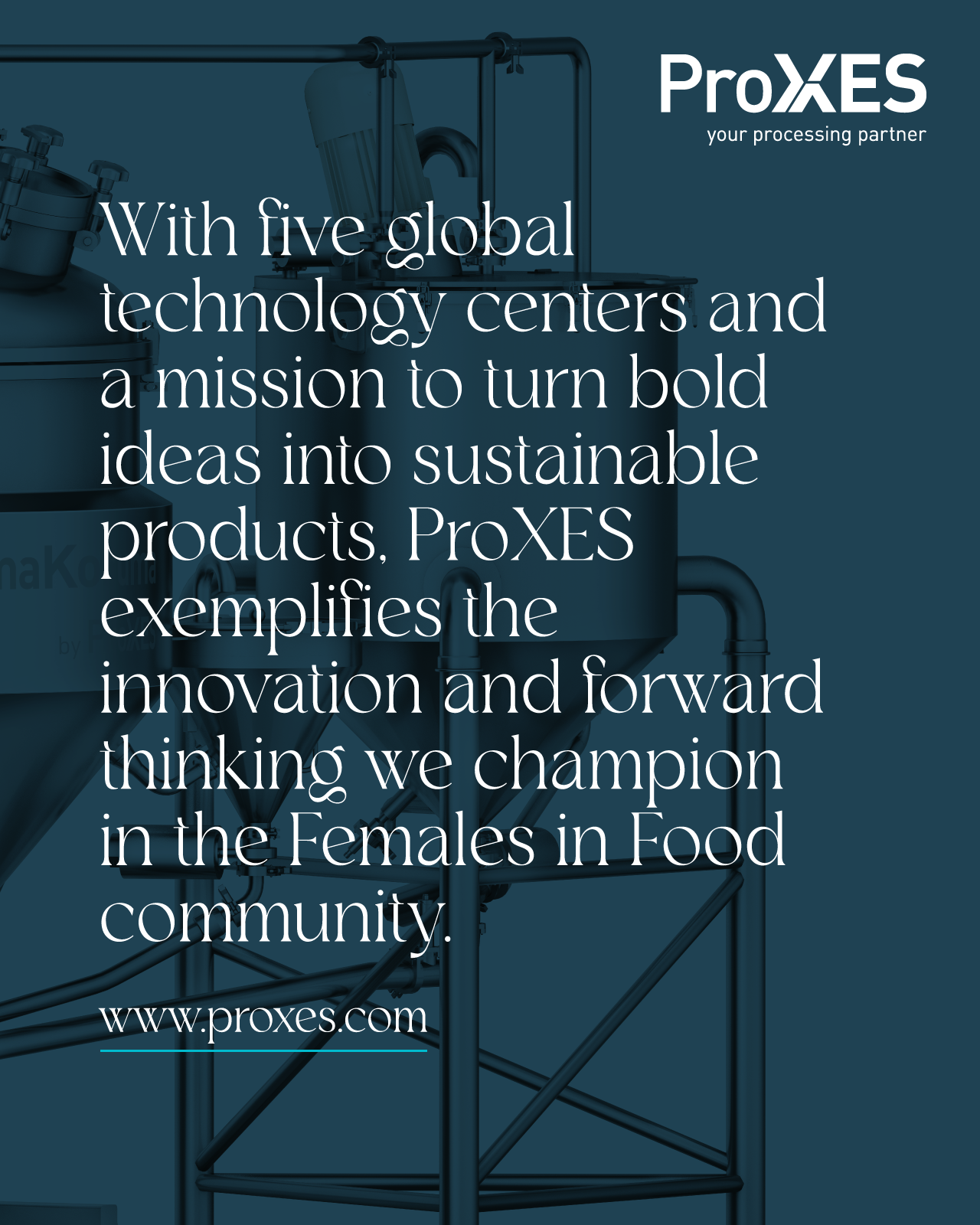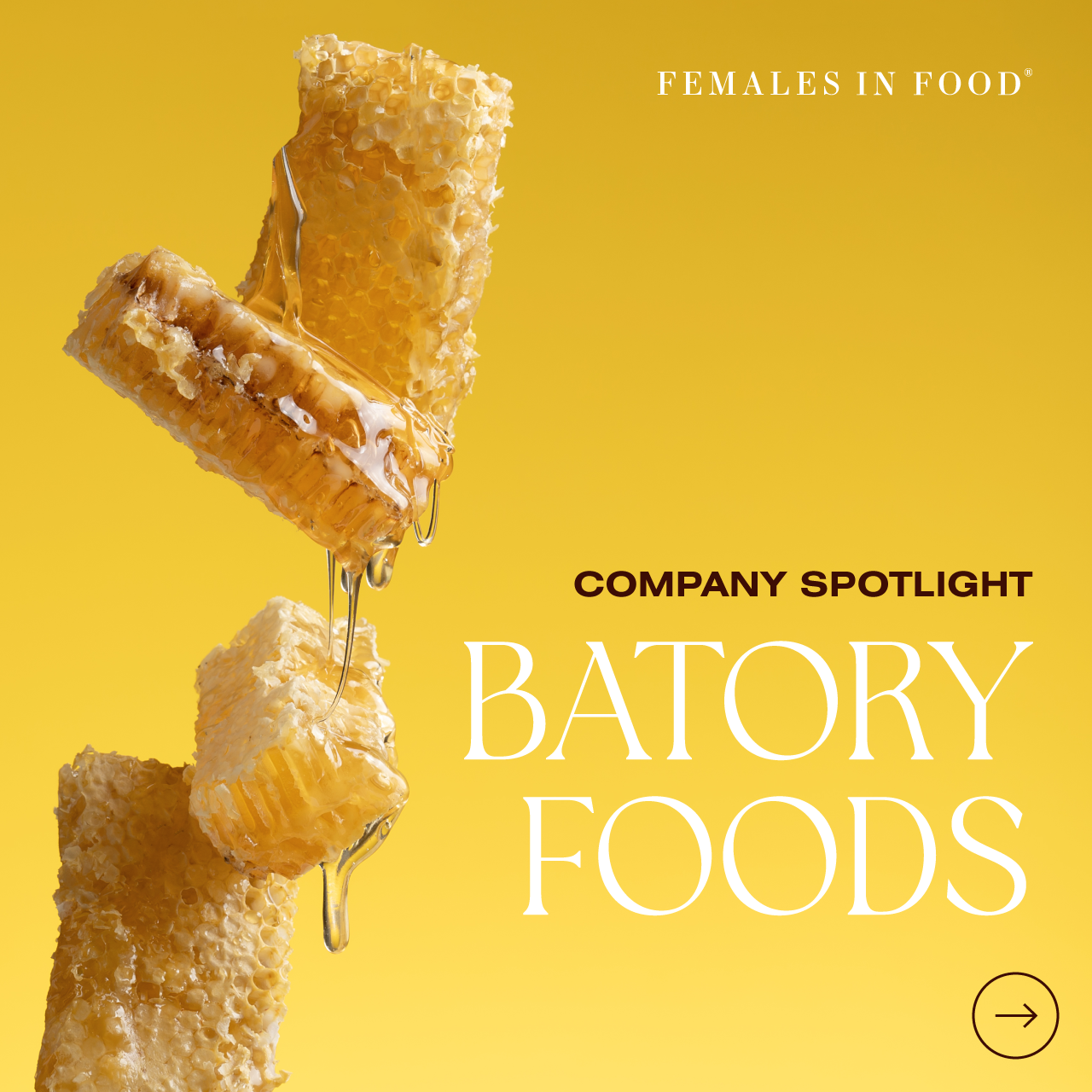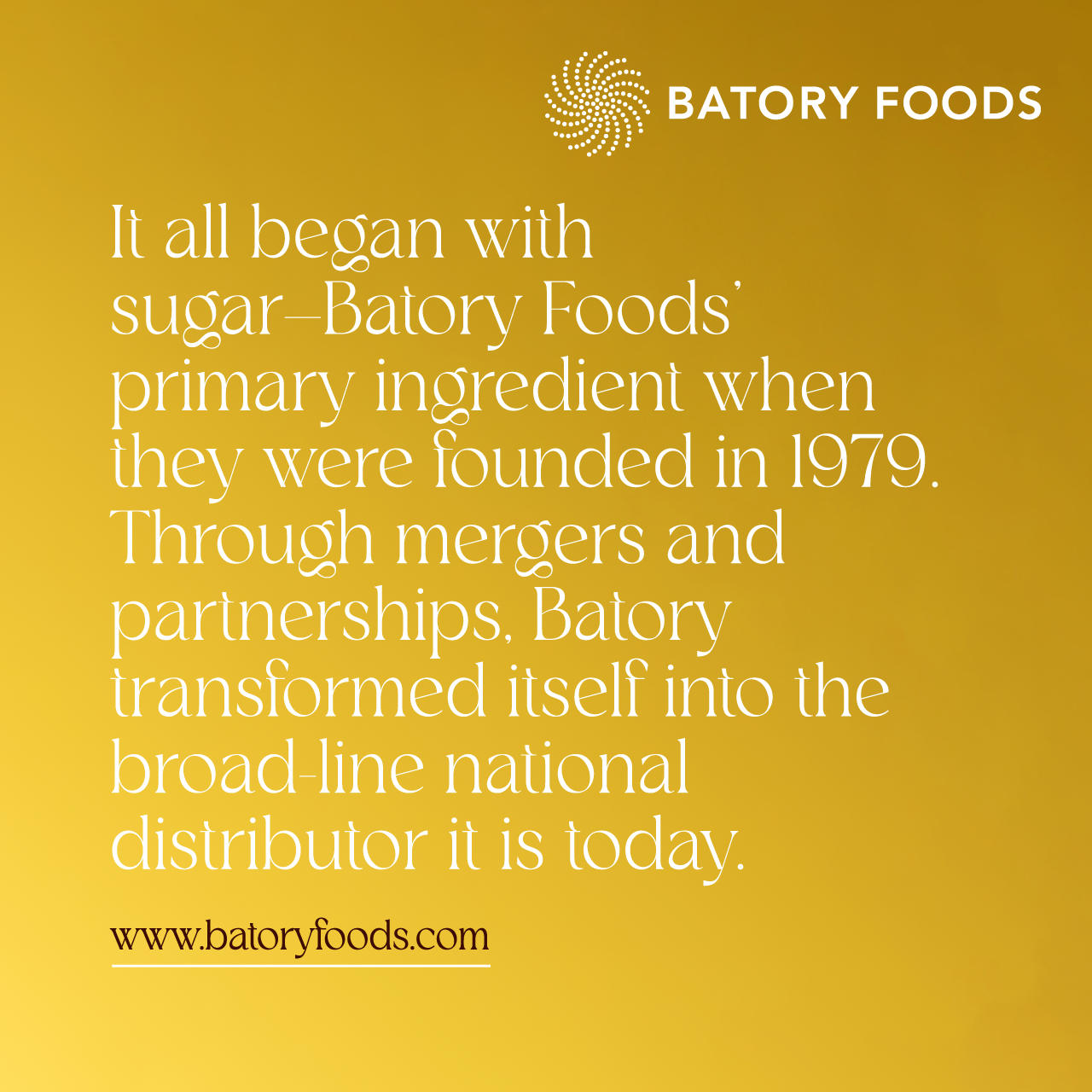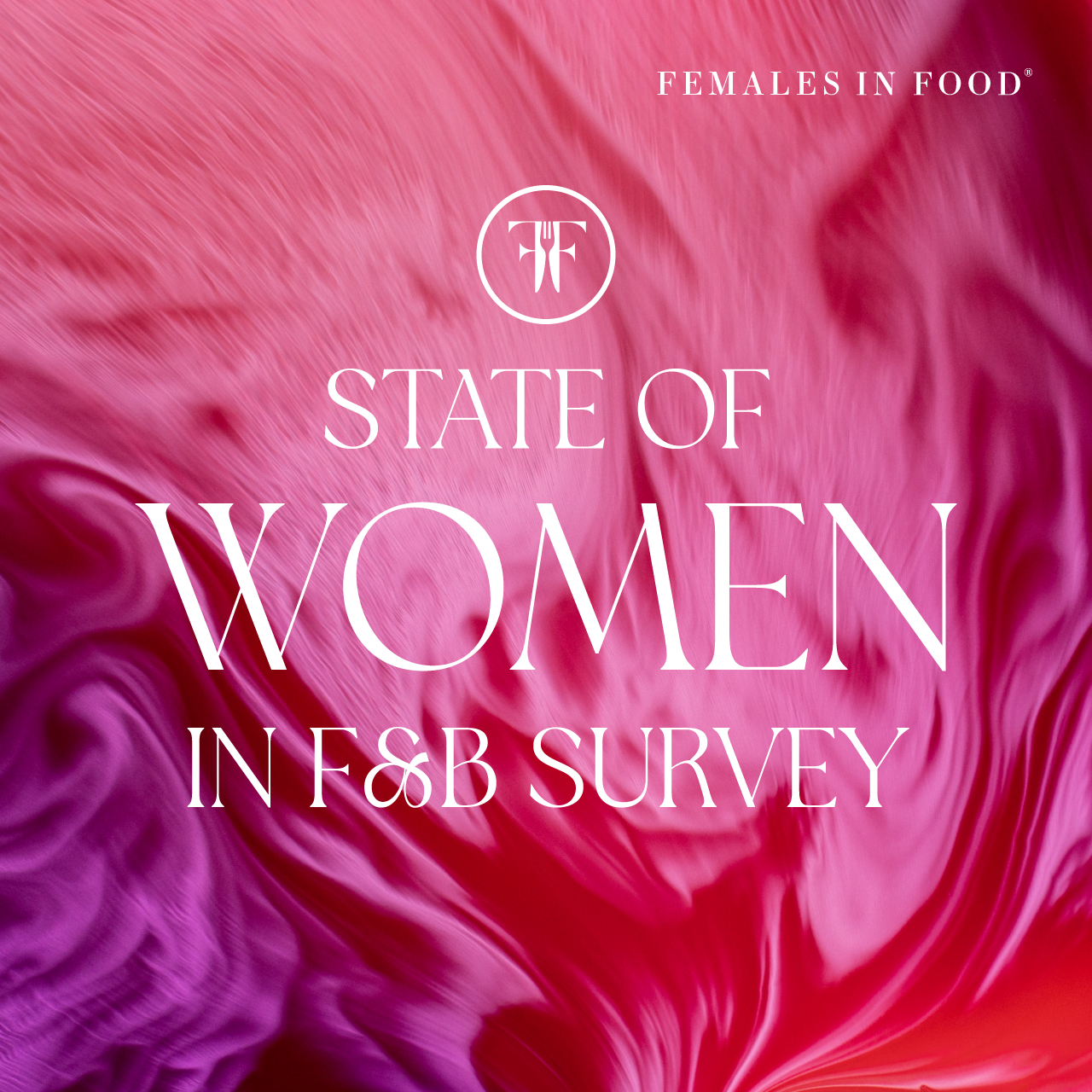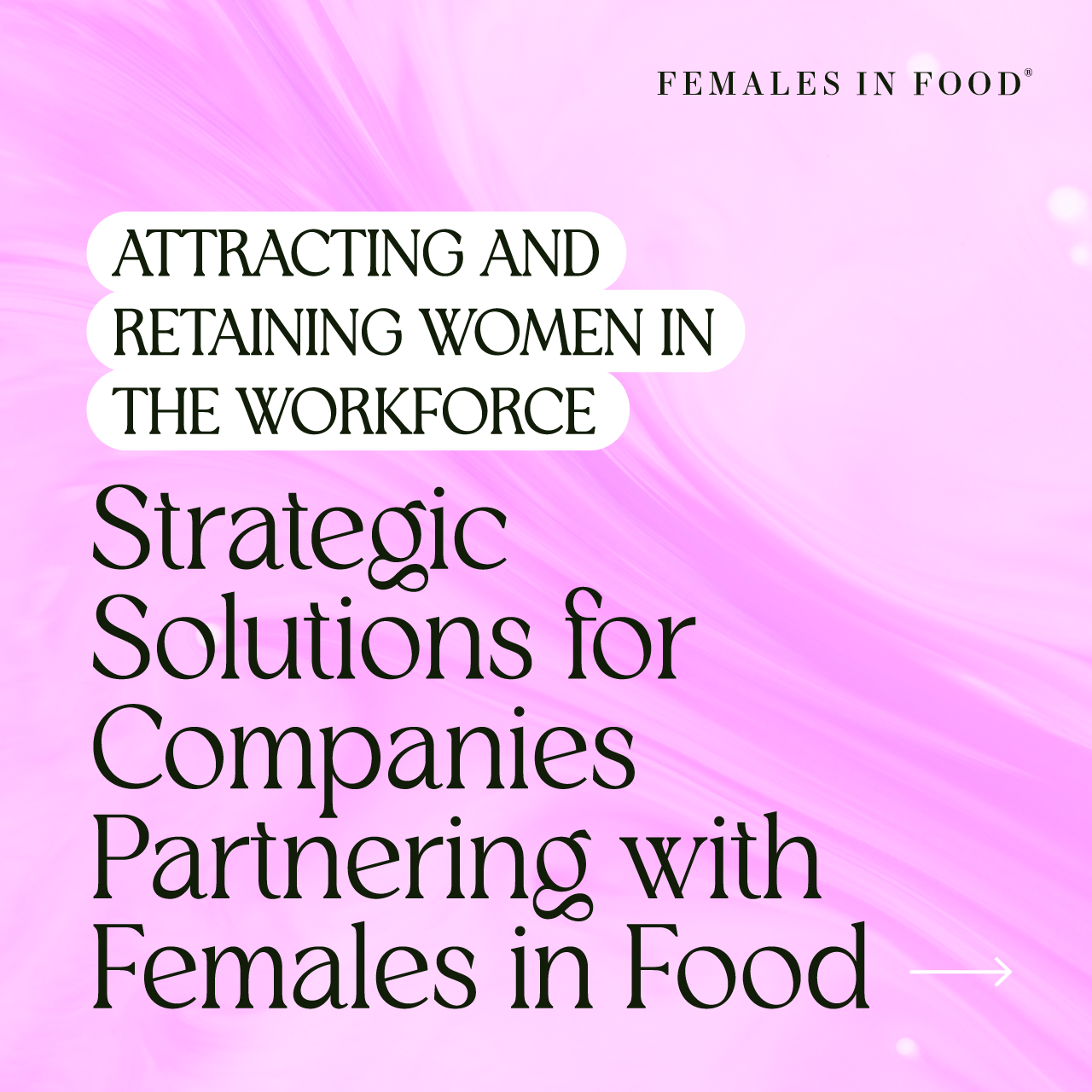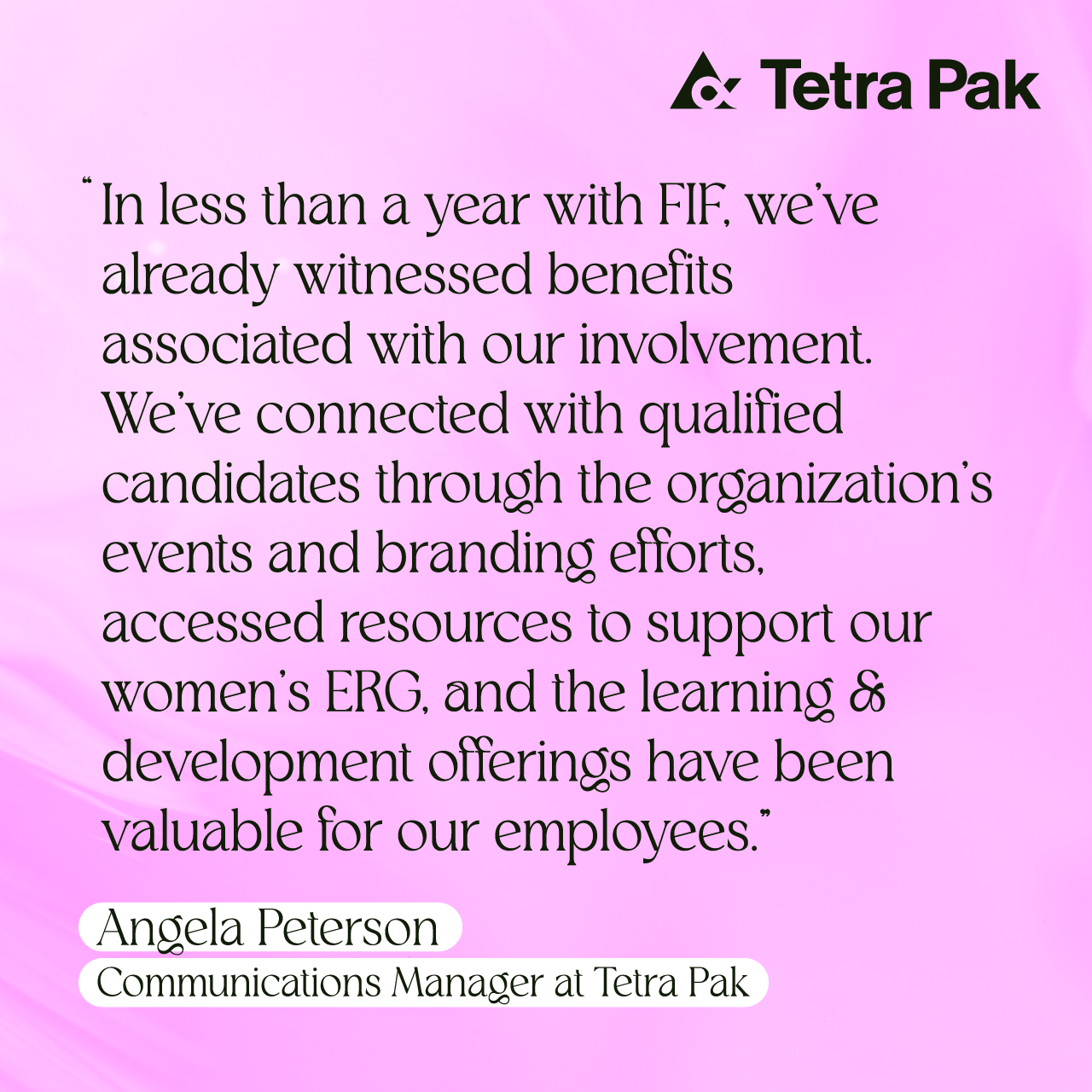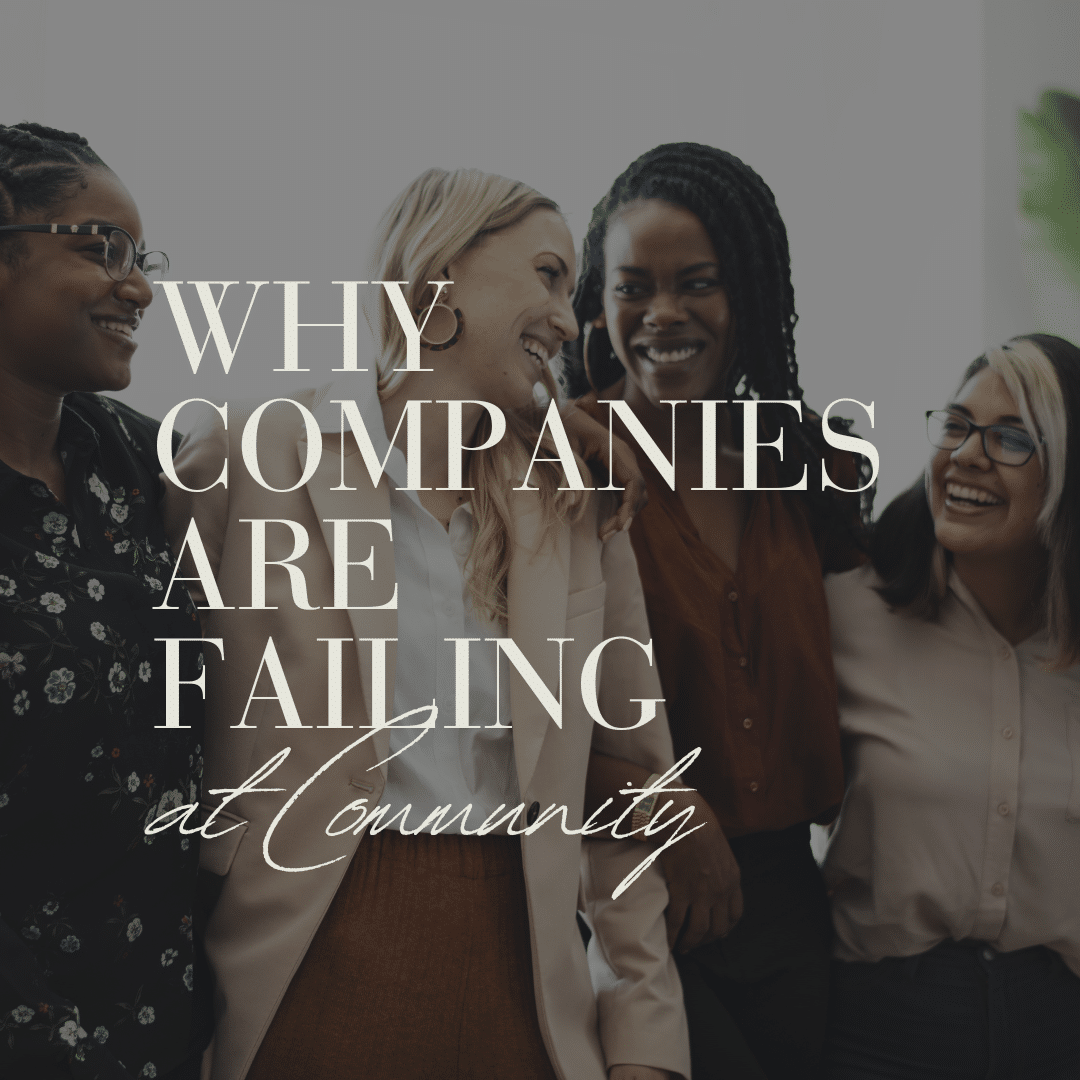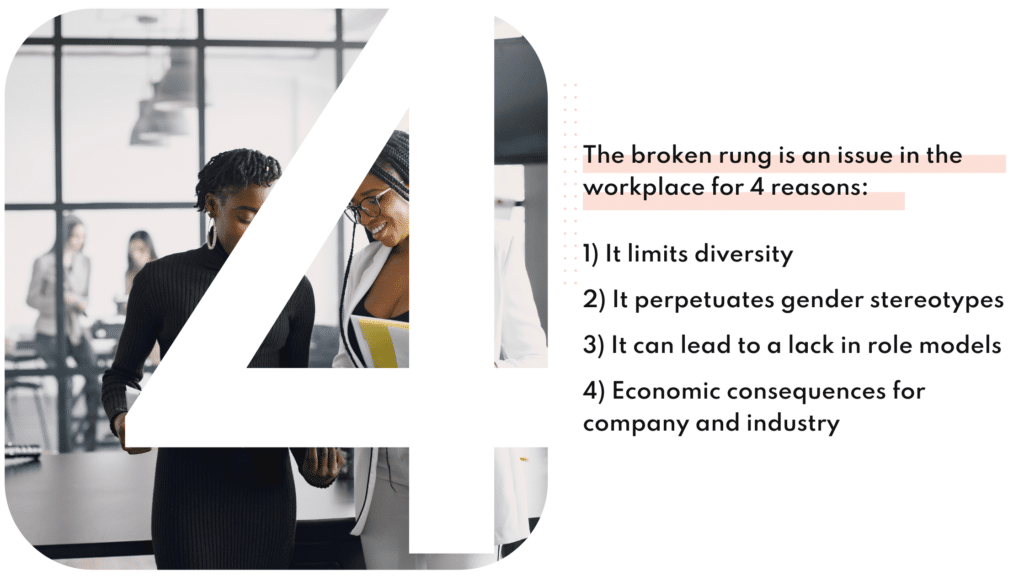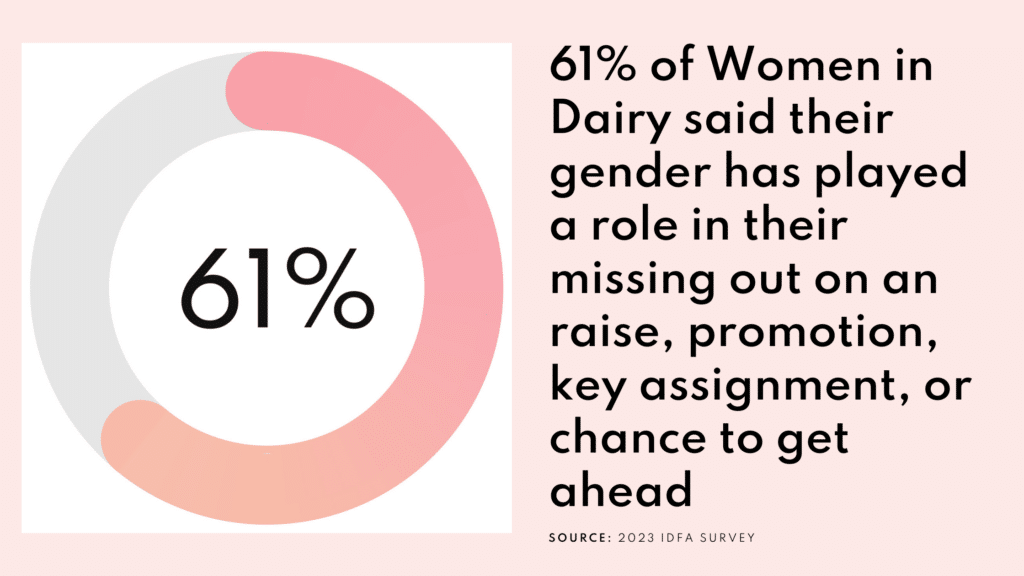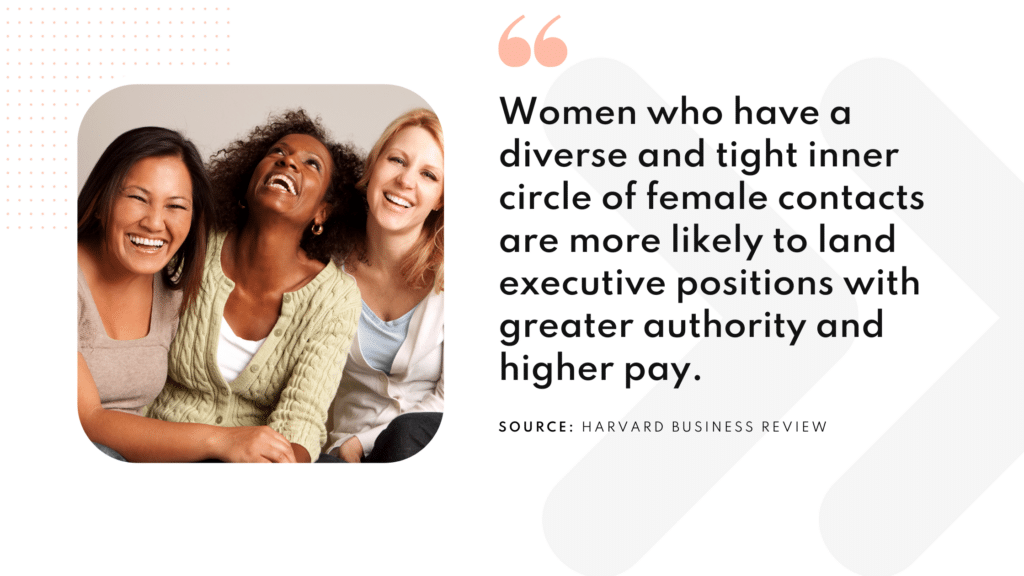Across the U.S., a troubling trend is making headlines in 2025: women are leaving the workforce in significant numbers. According to the Bureau of Labor Statistics, more than 212,000 women aged 20 and over have exited the workforce since January 2025—while 44,000 men have joined it¹. Among women aged 25–44 with children under five, labor force participation has dropped from 69.7% to 66.9% in just six months, erasing pandemic-era gains².
The reasons are complex—return-to-office mandates, caregiving demands, and workplace cultures that still undervalue flexibility are all contributing factors. But the message is clear: without structural change, women are being pushed out.
At Females in Food, we wanted to understand what this looks like within our industry. Earlier this year, we launched our inaugural State of Women in Food & Beverage Report to move beyond anecdotes and capture measurable data. The findings confirm what national data is telling us—women are at a breaking point—and add industry-specific nuance that leaders must pay attention to.
Leadership Development: The Broken Rung
Nationally, lack of advancement is one of the top reasons women leave. Our report reflects this reality:
- 49% of respondents cited limited growth opportunities as a barrier.
- While leadership programs exist, women describe them as “checkbox” exercises that don’t actually address the barriers they face.
This is the broken rung problem. Without targeted mentorship, sponsorship, and real advocacy, women will continue to exit instead of advance.
Work-Life Balance: Policy vs. Reality
The Washington Post highlights that working mothers saw participation rates fall to a three-year low in 2025³. Our industry data underscores why.
- 83% of companies offer flexible hours and 72% offer remote work, yet work-life balance is still one of the top barriers women face.
- Only 5% report access to paid family leave, a foundational benefit that keeps women in the workforce.
Flexibility on paper doesn’t matter if women are penalized for using it. True balance requires caregiving infrastructure and cultural permission.
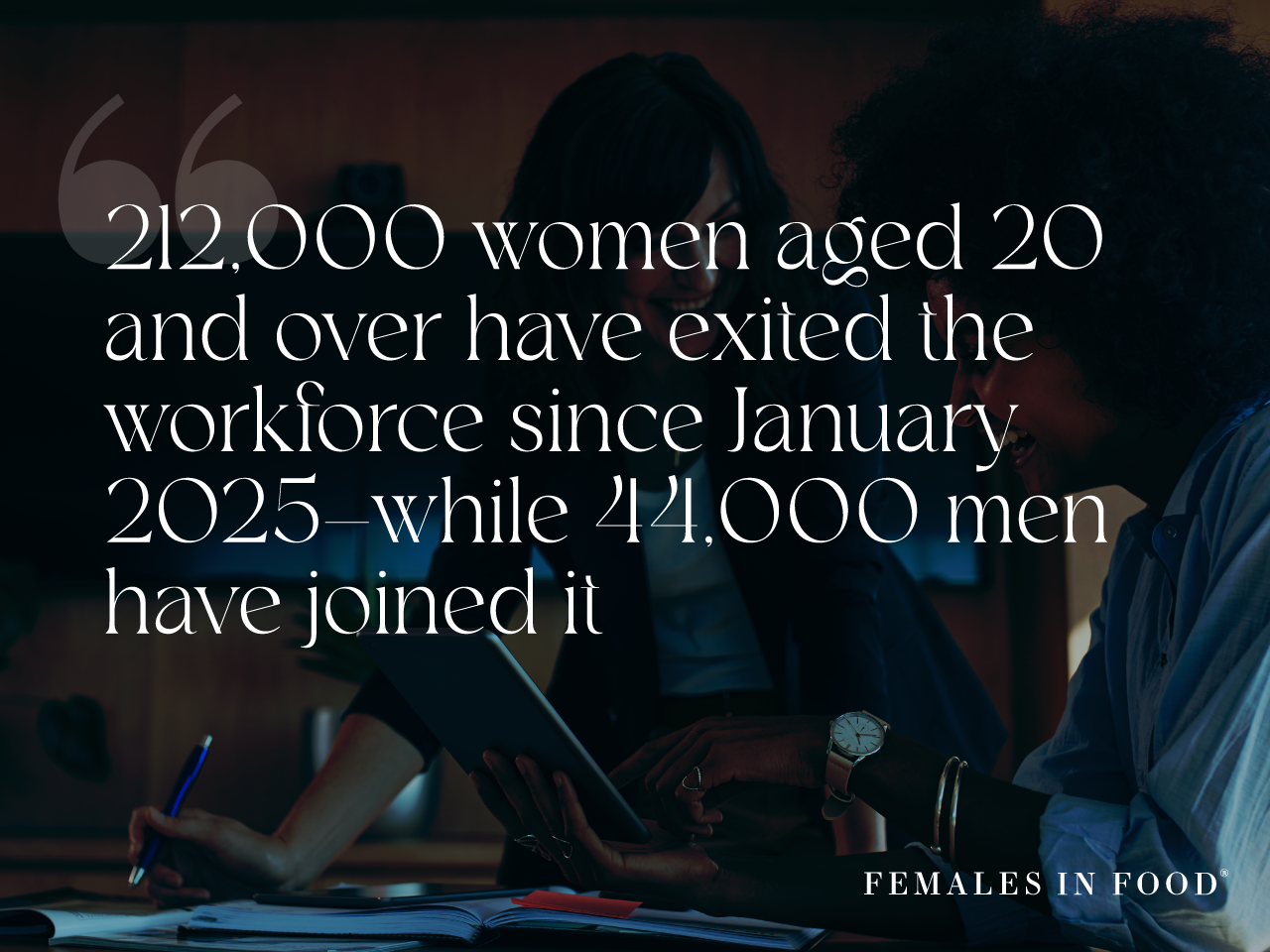
Company Culture: Respect Without Value
The national data tells us women are leaving because they feel undervalued. Our report brings that home:
- Nearly half of respondents experience gender bias often or very often.
- 39% reported verbal or physical harassment, an alarming figure that cannot be ignored.
As one participant told us, “Respect without value feels like being tolerated, not celebrated.
Gender Bias: A Persistent Undercurrent
TheWeek recently reported that Black women are being disproportionately pushed out of the workforce in 2025⁴. In our industry, bias also shows up in concrete ways: lower pay, exclusion from decision-making, and fewer promotions. Bias erodes confidence and forces out top talent
From Data to Action
Both the national numbers and our industry-specific survey point to the same conclusion: retaining women requires more than policies—it requires cultural and structural change. Companies must:
- Rethink leadership development so it opens doors, not just checks boxes.
- Build infrastructure for care: childcare, parental leave, elder care.
- Measure culture by lived experiences, not just what’s written in handbooks.
- Audit pay, ensure safe reporting, and eliminate bias with urgency.
This is not just an HR issue—it’s a business imperative. Losing women from the workforce means losing innovation, leadership, and resilience.
At Females in Food, we believe that when we invest in women, we don’t just fix a broken rung—we build a stronger ladder for everyone.
👉 Download the full State of Women in Food & Beverage Report or Join Females in Food to be part of the solution.
¹time.com
²washingtonpost.com
³washingtonpost.com
⁴theweek.com





